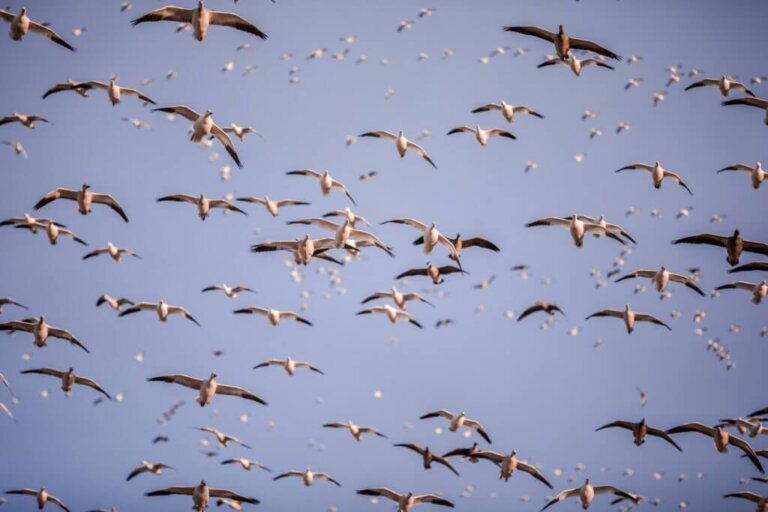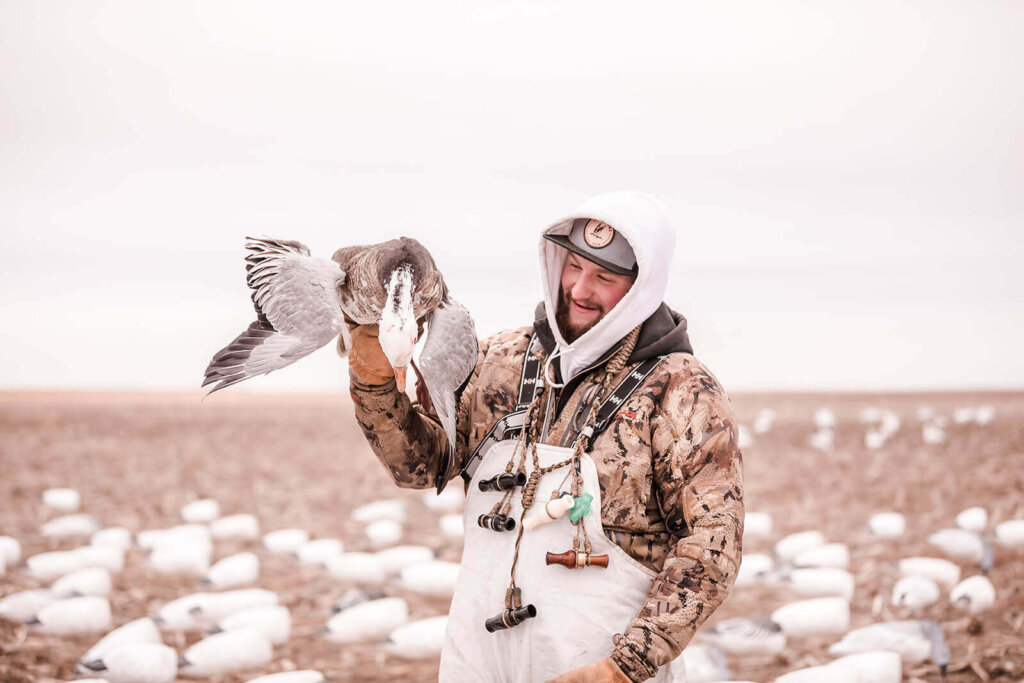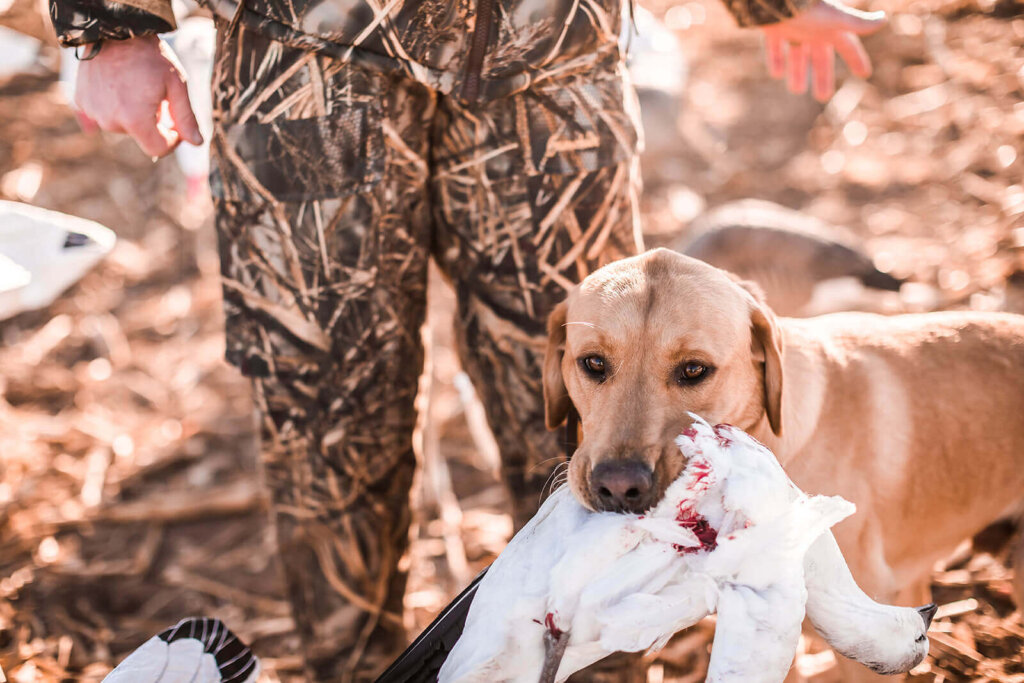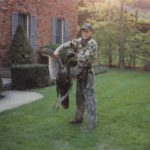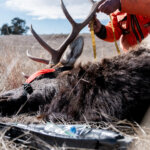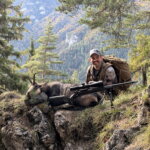In 1999, the Light Goose Conservation Order was issued to reduce the population of light geese because of concerns about the adverse impact their increasing numbers are having on arctic and sub-arctic nesting grounds, as well as critical waterfowl habitat along the flyways in the U.S. and Canada. Unlike Canada geese that can be found in any local park or golf course, light geese habitually raise their families each year, returning annually to—and overpopulating—their customary nesting grounds, which are also critical to other waterfowl and wildlife.
The Conservation Order, officially the Arctic Tundra Habitat Emergency Conservation Act, can be summed up as a too-many-geese, not-enough-land response to light goose populations increasing as much as 5% a year. The order extends the hunting season for light geese (which includes snow, blue, and Ross’s geese) on their return flight to the northern tundra. It also includes extended hunting hours and liberal limits, and allows the use of electronic calls and extended shotgun magazines, as well as extending hunting into spring, all in an effort to reduce the population and protect the fragile tundra ecosystem.
Despite all of this encouragement for hunters and huge numbers of migrating geese, targeting light geese is far from a slam dunk. They can be very hard to fool when dealing with the large groups in which they migrate. But for those who have never done it and those who pursue them every year, it can be one of the most magical hunts ever. There is nothing like participating in a hunt during the spring migration, lying concealed in a ground blind, while hundreds, possibly thousands, of snow geese funnel like a tornado toward your decoy spread. The sound can be deafening, the harvest impressive, and the experience memorable.
With that in mind, WTA has put together a group of outfitters strategically located throughout the Central Flyway to give hunters the opportunity to chase snow geese from Kansas to Saskatchewan.
Kansas
This hunt, set from mid-February to mid-March, is a lodge-based hunt that takes place in feeding fields where the birds congregate on their push north. This outfitter is located in the heart of the action and does a great job of taking care of clients and putting them on birds.
South Dakota
This destination operates large decoy spreads in one of the highest traffic areas of the light goose migration! This is also an area of the migration where the birds tend to stall because there is a big weather difference between north-central South Dakota and the North Dakota border, which many times causes the birds to stack up on the snow line each spring as they anticipate the spring thaw to the north.
Saskatchewan
This is possibly one of the most untapped resources for the waterfowler. By this time of year, most hunters have cleaned their guns and put them away for the season and simply don’t bother chasing these birds across international borders. This is another location where the birds stall during migration and really start to feed hard because their next push is across the boreal forest and feed is tough to come by in that stretch of the migration.
As I mentioned, huge numbers of migrating birds do not automatically mean huge harvests. This is still hunting, and results are unpredictable. Hunters must be realistic in their approach to pursuing geese in the spring. Despite what they see on today’s instant access “pile pics” on social media, hunters must understand that our outfitters are not in the business of jump-shooting roost ponds or feed fields. All hunts are conducted over decoys and if you took a season average of birds harvested over decoys throughout the entire spring migration, you will find that it’s somewhere between 20 to 30 birds per day. Anyone boasting an average number larger than that might warrant deeper investigation into their hunting tactics.
That being said, this spring migration looks like it could be very productive for hunters due to the large number of juvenile birds observed throughout the fall. Juvenile birds often are great volunteers when it comes to investigating a decoy spread, which many times brings the rest of the flock and therefore we may see that 20- to 30-bird average increase a bit for the 2022 spring season. These hunts are best orchestrated with four or more hunters per group and you should be OK with hunting in larger groups due to the size of decoy spreads used.
It’s a late-season hunting opportunity that can be a rewarding and exhilarating experience, all while helping with ecosystem conservation.
If the spring light goose season is something you have wanted to participate in or you’re a seasoned veteran looking for another crack at these wonderful birds, don’t hesitate to give WTA a call and we’ll discuss the great options we have available throughout the migration season.
For a list of all or our Waterfowl offerings click the button below.
